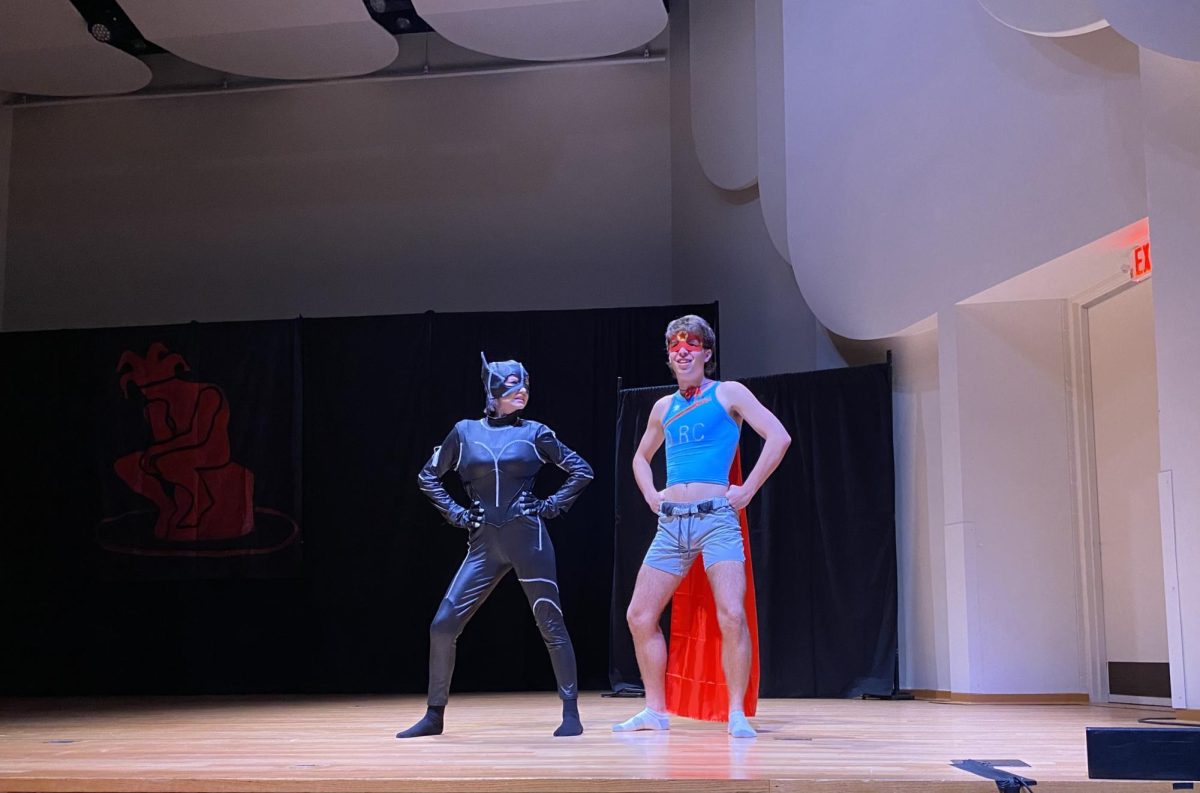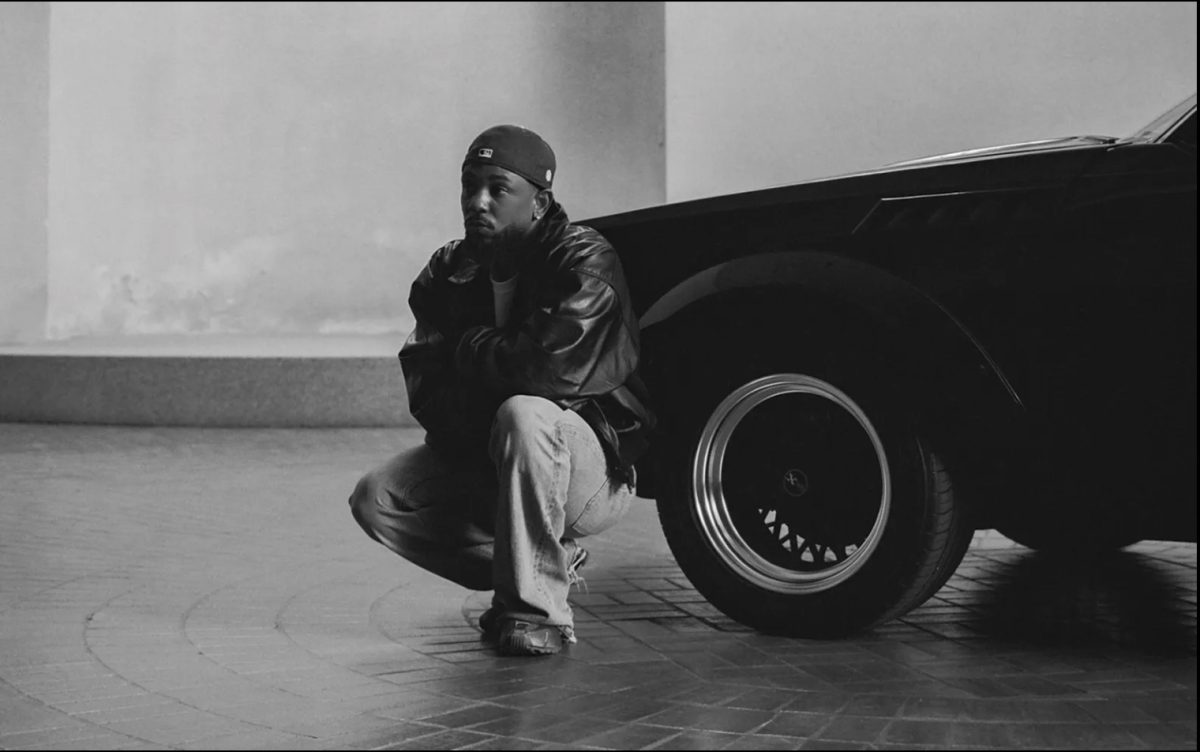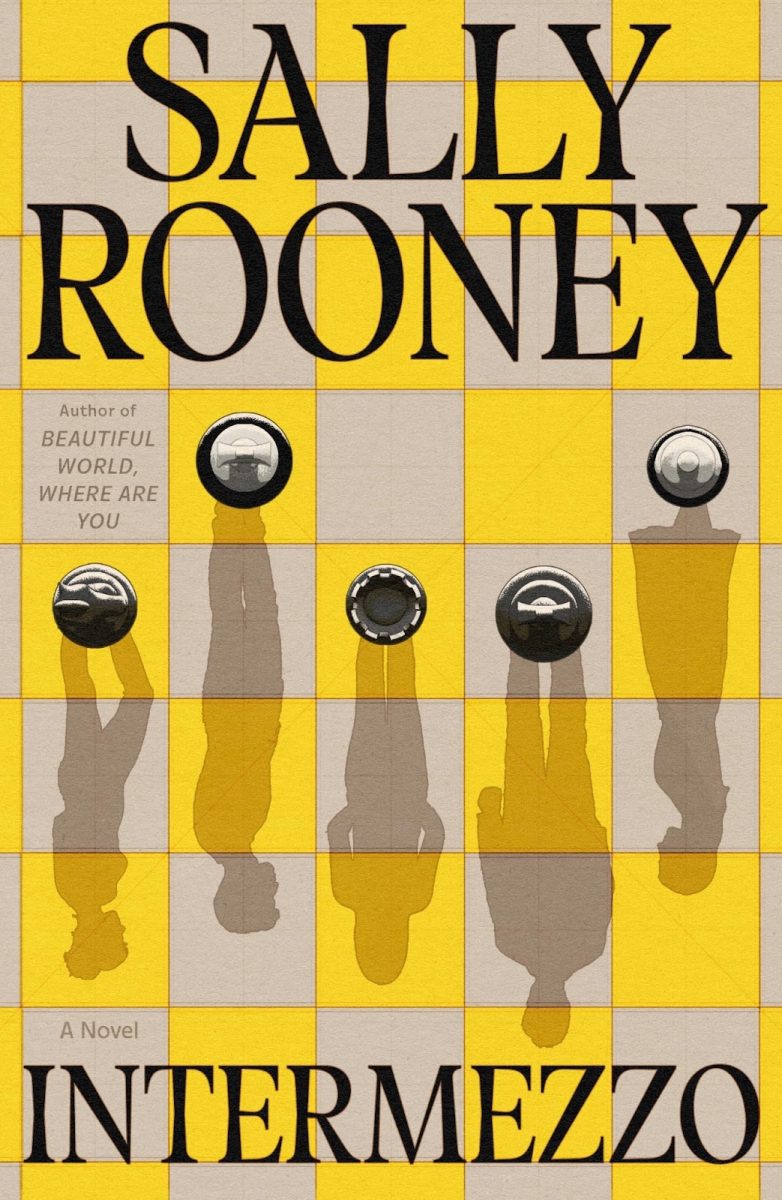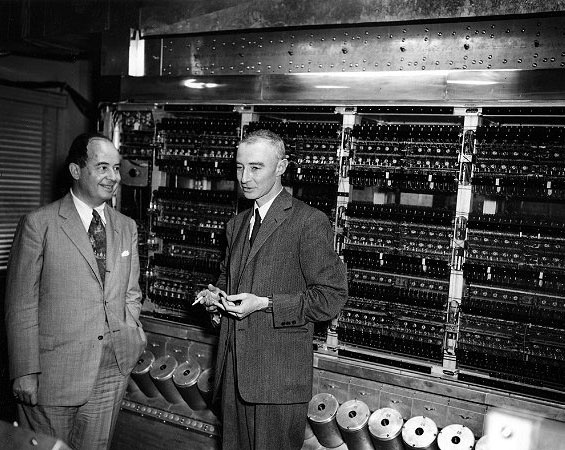Argentinian-born Nathy Peluso is a unique rising star. Through her upbeat personality, ability to bounce between different cultural sounds and rapping flow, she is able to build on a sound that hasn’t been heard in this fashion before. On her Instagram page you can find Peluso regularly posting videos of her dancing, smiling and full of energy, a point of personal relation with her base. Her last EP, La Sandunguera, marked a major moment in her career, introducing her to a fanbase that has continued to grow ever since. What is most attractive about Peluso is her unpredictability. You never know what kind of song you’re going to get. Her rapping is also a strong point. It’s not smooth, but very choppy, breaking up her Spanish into distinct syllables, which makes it hard to gauge where she’ll go next in a verse. This unpredictability is matched with versatility, as she is a capable singer, incorporating her Argentinian culture into songs without issue. Last Friday, Peluso released her long awaited debut, Calambre, which allowed her versatility to take the next step.
The intro track, “Celebre,” is a strong start which finds Peluso announcing her entrance into a new part of her career with increasingly hard drums and horns. As a non-Spanish speaker, it doesn’t take much for me to understand that this song served as a statement for what’s to come. The proceeding five tracks all incorporate completely different styles while staying true to the Peluso’s goals as a musician. By track three, “Buenos Aires,” Peluso offers an impressive ballad dedicated to her hometown in Argentina. Backed by a beautiful jazz ensemble, the track feels at points reminiscent of the 70s classic “What You Won’t Do For Love” by Bobby Caldwell. These types of cultural exchanges and influences are never blatantly obvious on the album, but its subtlety allows Peluso to still maintain her dominant Latin American sound.
Peluso’s rapping is another great example of the broad influences she brings to this album. Especially paired with her music videos to tracks like “Business Woman,” Peluso lightly injects the feel of early 2000’s Eminem records like “Ass Like That” and his band D12’s “My Band.”
This relation was confirmed through Peluso’s own words, when she said in an interview earlier this year, “That vibe is on purpose. I was going for that early 2000s Hip-Hop aesthetic. I admire Eminem like crazy and I wanted to represent that movement. Right now that vibe isn’t the most mainstream but at its time it was something that influenced us all. Eminem, Missy, and even Britney although she wasn’t hip-hop.”
For Peluso to be so influenced by something that wasn’t even going on in her own country or culture makes Calambre a great showcase of the importance of cultural exchanges in pop culture. There’s no point where it feels like she is copying anyone, but the feeling of the influence is there, which is a testament to Peluso’s ability to remain true to herself and culture.
The rest of Calambre shows a variety of sounds. “Sugga,” for example, is an upbeat jazz track, “Sana Sana” is that hard hip hop that Peluso is most known for, and the most impressive part of the album is the way she finishes it. On track 11, “Puro Veneno,” Peluso flawlessly executes a very well made Argentine salsa track, and to end the album, “Agarrate” starts off with a slow ballad on top of what seems to be an Argentine bandoneon, which is a type of accordion. These are two tracks that are a deviation for Peluso, but still sound as if she’s a musical veteran at both styles. This is another emphasis on what makes her so special. As a YouTube comment for “Puro Veneno” put it, “Nathy Peluso no tiene género musical, ella es el género musical” (Nathy Peluso has no musical genre, she is the musical genre). Everything Peluso makes is a showcase of herself rather than of trying a new genre or attempting to be versatile. It is all her, a rarity in music. Calambre succeeds greatly, and is definitely a worthy listen for listeners around the world.
















